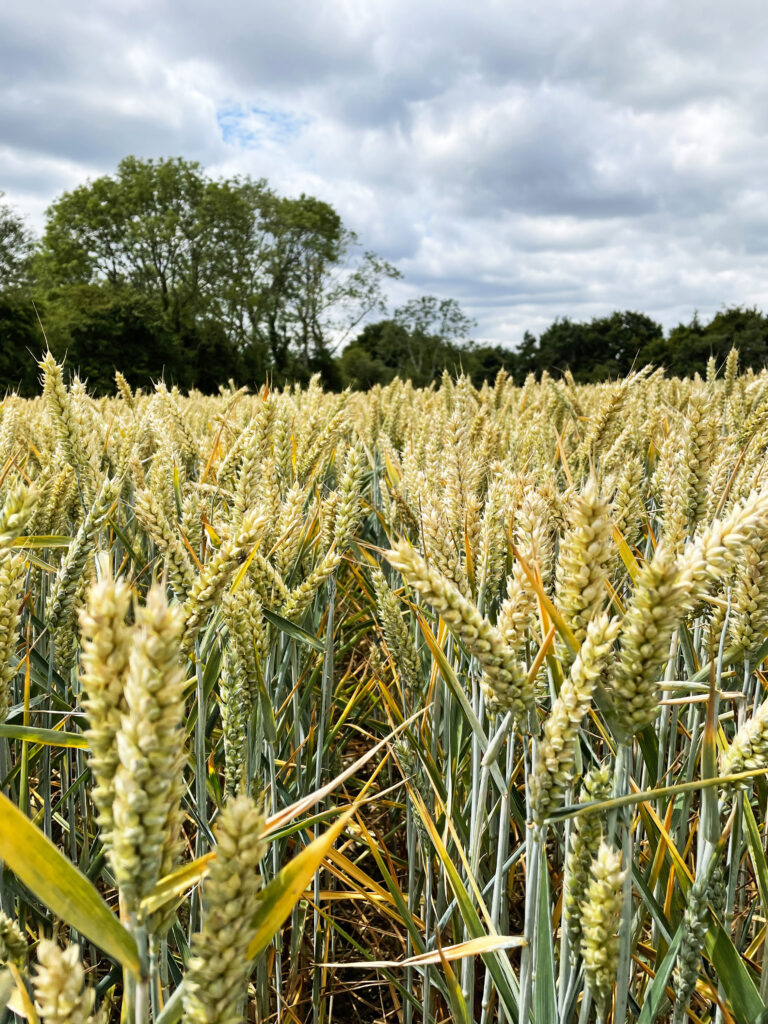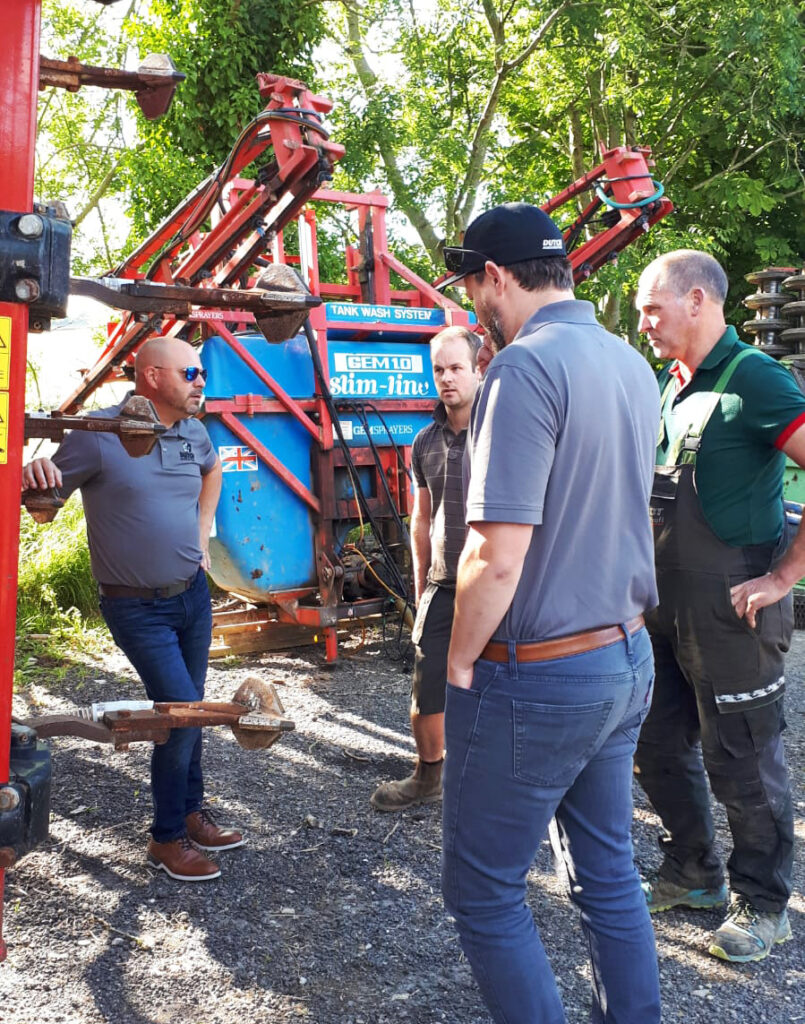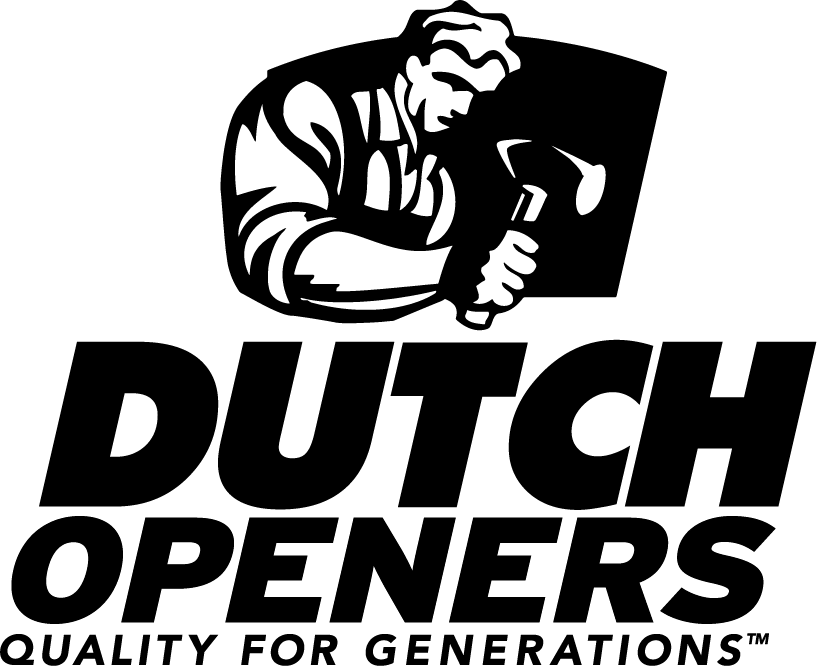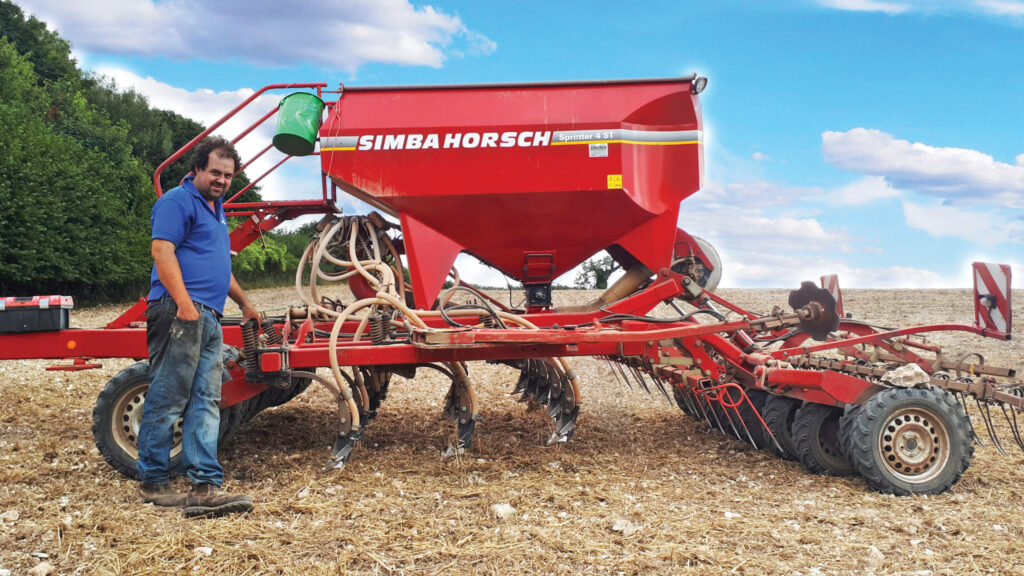WHERE IT ALL STARTED
Growing up on a Canadian prairie farm previous to the 1980s, the term summer fallow was as common as wheat. Every farmer factored summer fallow into the farm crop rotation, often 50% of the land was left to rest while the other half was cropped. Resting land was prone to weed growth so the best way of controlling those weeds was to head out with the cultivator and turn the field black, many farmers took pride in “keeping that summer fallow black”. If mother nature decided to have a dry summer, it was not a good situation. The ditches would fill with your valuable topsoil and if the rain came it would erode the soil carving new ditches through the fields. No till farming pioneers started experimenting in the early 1970s, but the technology needed to take it large scale simply did not exist yet.
Finding new and better ways to grow the crops needed for the world’s ever-growing population became the daily focus of successful crop farmers around the world. Many methods that have been used successfully in the past were now becoming too costly, to both the farmer and the environment. These costs have given rise to the development of new and better equipment and techniques in the agricultural industry. The most exciting involves the now widely accepted practice known as direct drilling or no-till farming.
WHAT IS DIRECT DRILLING?
Basically, it is defined as a method that does not require the soil to be disturbed prior to planting. Direct drilling allows seeds to be planted directly into the soil with no prior need for plowing, tilling, and furrowing. When done on the large scale necessary for crop farming, the technological advances in the machinery used for the process of direct drilling can combine tasks, such as the application of fertilizer, effectively allowing the farmer to make just one pass through the field.


WHY IS DIRECT DRILLING GAINING POPULARITY NOW?
Soaring fuel and labor costs are applying pressure on farmers who have previously experienced success using the old, labor-intensive methods of plowing, tilling, and transplantation. In addition to struggling with these issues, scarcity of rainfall is causing water tables to fall significantly in many of the major crop-producing regions, further impeding the ability of farmers to irrigate their crops.
WHAT OTHER BENEFITS CAN DIRECT DRILLING PROVIDE?
Equipment costs are a huge part of any crop farmer’s operating budget, especially maintenance and fuel costs. Direct drilling allows these farmers to drastically reduce the number of hours these machines are used by cutting down the number of passes made through each field. This extends the life of the machinery, while significantly reducing the cost of fuel, maintenance, labor, and downtime that can severely impact the profit margin.
IS DIRECT DRILLING BETTER FOR THE SOIL?
Direct drilling provides equally important benefits to the health and vitality of the soil. When fewer passes are made through each field with heavy tractors and equipment, there is less compaction of the soil. This helps preserve the health of beneficial microbes in the soil, as well as the organic matter that provides nourishment to the crops that will grow there.
CAN DIRECT DRILLING HELP WITH EROSION?
Soil that has been plowed and tilled into powdery consistency cannot defend itself against the winds and torrential rains that seek to blow or wash it away. Direct drilling allows the natural organic material of the soil to be maintained, keeping the soil surface stable and unharmed by wind and heavy rain. In addition, this organic material helps hold moisture during periods of reduced rainfall and helps it better absorb the rains, when they do come.
With benefits such as these, it is no wonder that direct drilling technology is emerging as one of the shining stars wherever high-volume crop production is desired, in an affordable and earth-friendly manner.
WHAT IS DUTCH OPENERS’ PART IN HELPING PRODUCERS ACHIEVE THEIR DIRECT DRILLING AND NO TILL FARMING GOALS?
Over the last 30 years, Dutch Openers have been working directly with farmers to produce seed openers that are geared toward direct drilling. Innovations such as our Universal Series openers are designed to give farmers accurate seed and fertilizer placement with minimal soil disturbance and are widely used by producers in North America, Australia, and the United Kingdom.
Direct drilling farmers’ needs are not all the same so we offer single row spread tips from 1″ to 5″ widths. We also offer paired row tips from 2.5″ to 5″ row widths offering varying fertilizer depths from 3/8″ below the seed all the way up to 3/4″ below the seed. The Universal Series openers continue to innovate to adapt to new drills and new farming practices to stay current with immerging direct drilling trends.
We have spent the last 2 years building a test facility with the sole purpose of offering producers meaningful innovations that increase efficiencies. Direct drilling was born from the belief that there was a better way to plant the crop, retain moisture, and build nutrients into the soil through sustainable new farming practices. Dutch Openers is committed to continuing our work with producers, understanding their seeding struggles and presenting solutions that make a real difference in the field and their pocketbook.

